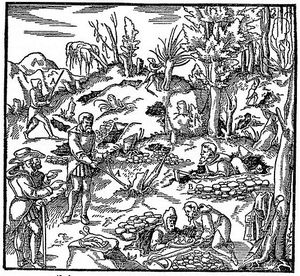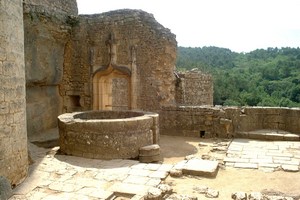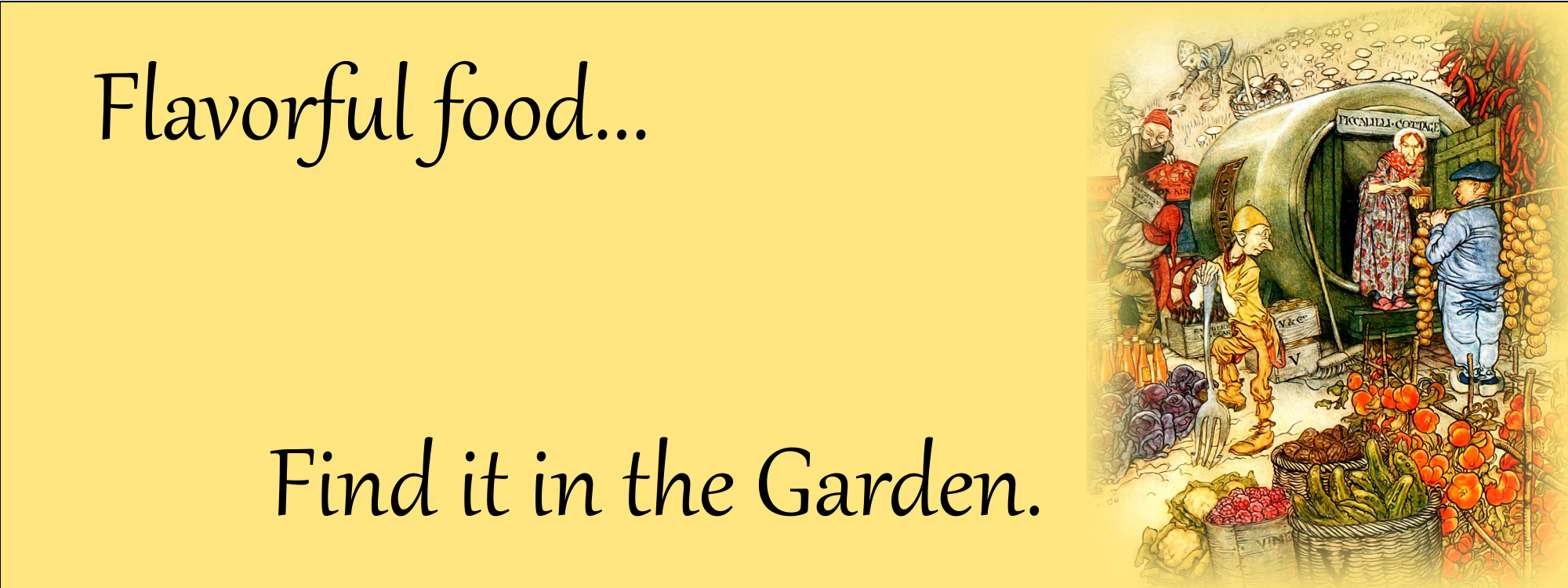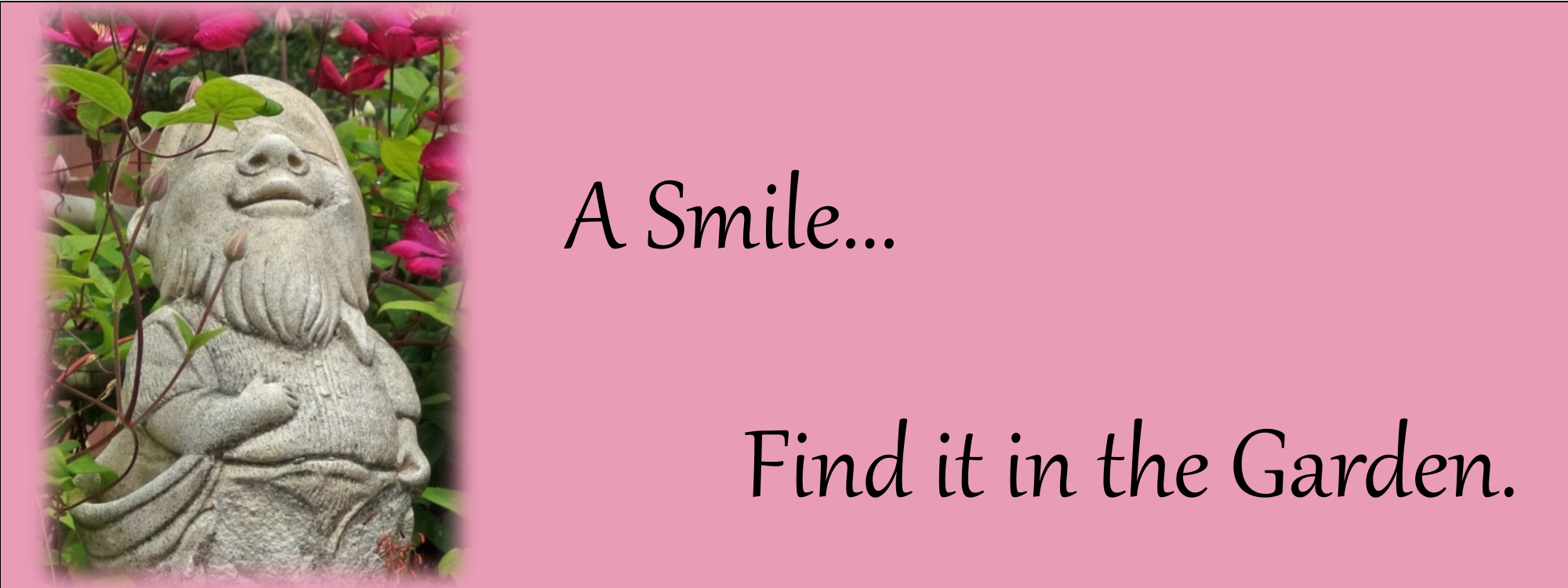Welcome! What will you find in the garden?
Be sure to check our disclaimers for important information.

The Art of Dowsing
One of the things that kept coming up during my research this week was the (apparently) erroneous belief that everyone in the Middle Ages drank beer and never touched water as the water supply was contaminated. It made me start thinking about the demand for water in Medieval days. How did they get it? What did they use it for?
I thought to check on whether dowsing ( click here for a quick history of dowsing) was likely to have been used to find water to irrigate the gardens. Turns out that they apparently did not irrigate the fields and gardens and they tended to dowse for metals rather than water.
![by Georgius Agricolas [Public Domain] by Georgius Agricolas [Public Domain]](https://www.echoesofthegarden.net/wp-content/uploads/2017/04/522px-Georgius_Agricola_Erzsucher-web.jpg)
They often relied on catchment systems to make sure they had the water they needed for daily use.
They did dig wells when they needed to. These wells were usually placed within the confines of the castle yard so that it couldn't be contaminated in case of enemy attack. It wasn't until the Late Middle Ages that private wells became common.

When I had my well dug, the company that did it brought their own water witch along. He let me try the rods when he had found the spot. Feeling them move when I crossed it was amazing. When I needed to find the underground electric line on my property, the contractor asked for a metal clothes hanger and used it to dowse for the line. I'm sold on the usefulness of these in my toolbox.
Add
to
your
toolkit
This PDF has a detailed look at the progression of well-digging technologies and this one has a slightly different take on the same subject.
I looked for the use of the breathtaking decorative fountains but the secrets of hydraulic pumps had been lost, forgotten or destroyed, so fountains were a rarity at this time. While the Islamic world against which the Crusaders were throwing themselves was using extensive public water systems, most Medieval serfs and peasants were hauling water by hand using wooden yokes and buckets. It wasn't until the Renaissance that these technologies found their way into Western Europe.
![By SiefkinDR (Own work) [Public domain], via Wikimedia Commons By SiefkinDR (Own work) [Public domain], via Wikimedia Commons](https://www.echoesofthegarden.net/wp-content/uploads/2017/04/Thoronet_Lavabo-web.jpg)
By the High Middle Ages, the population was dense enough in some places to require public water systems. This site gives a very detailed accounting of the water system of medieval London's water supply system and how it affected everyday life.
Waterwheels seem to have been the major exception. They were used throughout the Period to power industry, although they were far fewer in number during the early part of the middle ages than they were during the later part. Here's a PDF with a lot of good information on the different types of waterwheels.
![[Public domain], via Wikimedia Commons [Public domain], via Wikimedia Commons](https://www.echoesofthegarden.net/wp-content/uploads/2017/04/Medieval_mill_with_undershot_wheel.png)
The well has been the center of both the homeplace and the larger community for much of human history and in many places and times other than medieval Europe extensive use was made of irrigation systems. It seems to me that the knowledge of how to construct and maintain a source of potable water is as important today as it was in ancient times and should not be lost.
Thanks for stopping by!








